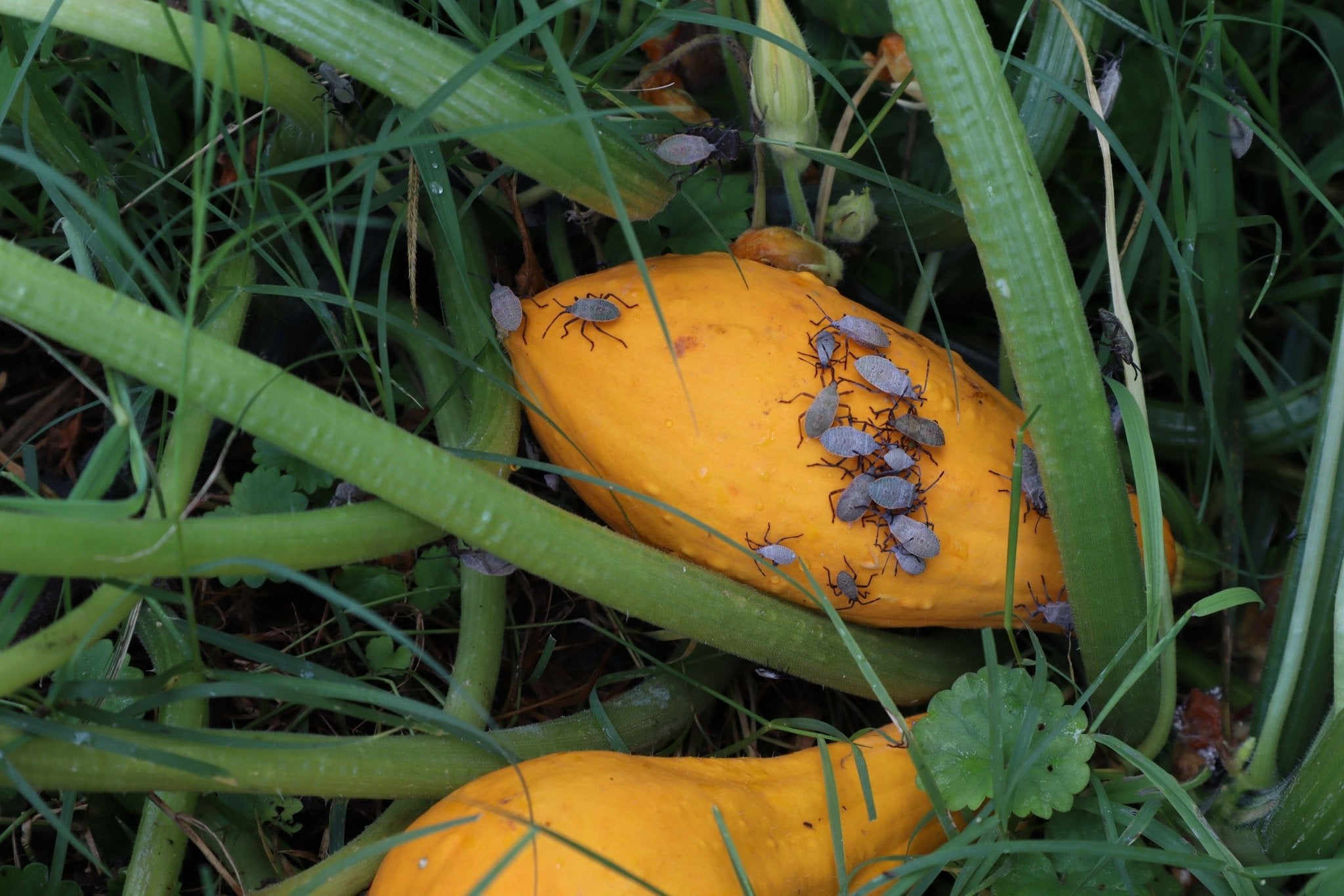Identifying the Problem
Squash bugs are a common problem for gardeners who grow squash and other cucurbit crops. These pests can cause serious damage to plants and can be difficult to control.
There are several different types of squash bugs, but the most common is the brown marmorated squash bug (Anasa tristis). This species is native to Asia and was first found in the United States in 1996. It has since spread to many parts of the country and is now a major problem for farmers and gardeners.
The brown marmorated squash bug is about 1/2 inch long, with a dark brown body and light-colored stripes running down its back. Adults are attracted to squash plants, and lay their eggs on the leaves. The eggs hatch into nymphs, which are small, wingless versions of the adults. Nymphs feed on the plants, sucking out the sap and causing damage. They also excrete a sticky substance that can cause mold to grow on the leaves.
As squash bugs feed, they weaken the plant and make it more susceptible to disease. Squash plants that are heavily infested may wilt, turn yellow, and produce fewer fruits. In severe cases, the plant may die.
How to Control Squash Bugs
The first step in controlling squash bugs is to inspect your plants regularly for signs of infestation. Look for small, dark-colored bugs on the undersides of the leaves. You may also see white, waxy eggs on the leaves. If you find squash bugs on your plants, remove them by hand and drop them into a bucket of soapy water.
Start with clean, healthy seeds to prevent squash bugs from infesting your plants. Plant your seeds in well-drained soil that has been amended with organic matter. Water your plants regularly and keep the surrounding area free of weeds and debris.
There are several ways to control squash bugs. One is to remove them by hand. This can be done by shaking the plants, which will cause the bugs to fall off. You can then collect them and dispose of them.
Another method is to use traps. Yellow sticky traps can be placed around the garden and will trap squash bugs that land on them.
You can also use insecticidal sprays to kill squash bugs. Be sure to follow the directions on the label, and only spray when the plants are not in bloom. This will protect pollinators such as bees from being harmed by the spray.
If you have a serious infestation of squash bugs, you may need to destroy all of your plants and start over. This is the last resort measure, but it may be necessary to prevent the bugs from spreading to other gardens or farms.
If you have a squash bug problem, don't despair! Following the tips above, you can get rid of squash bugs and enjoy a bountiful harvest. The best prevention method is to catch it before it becomes an infestation.





